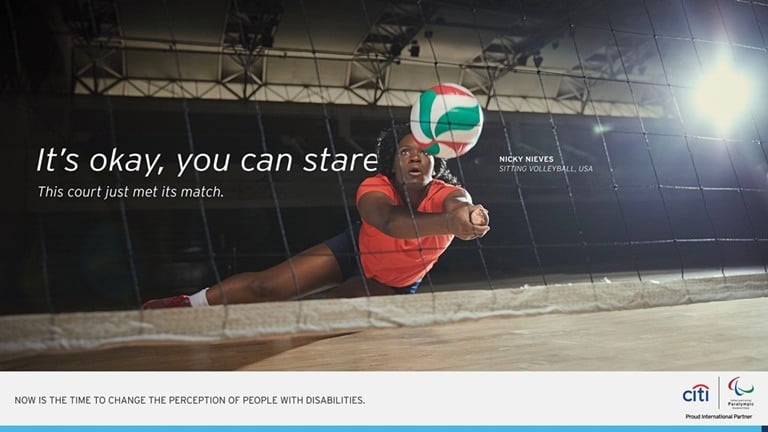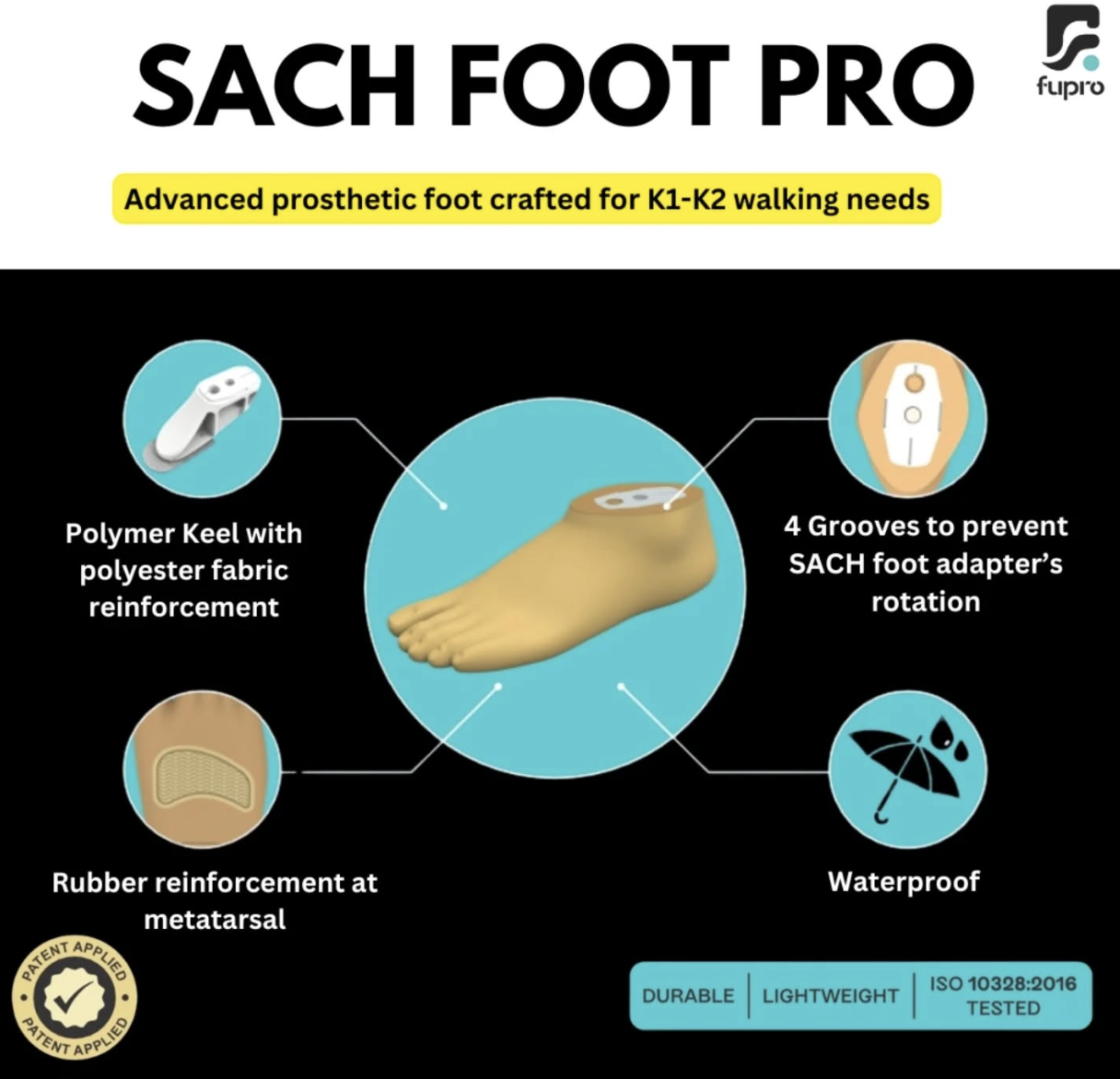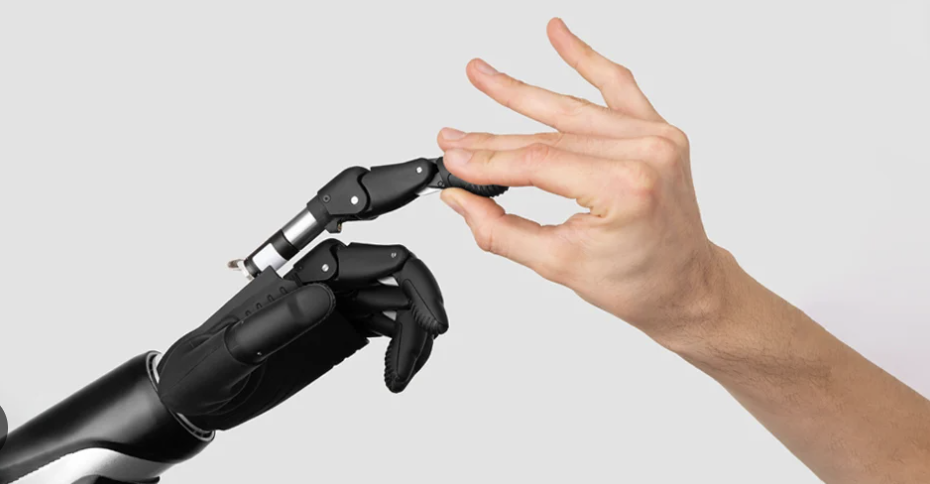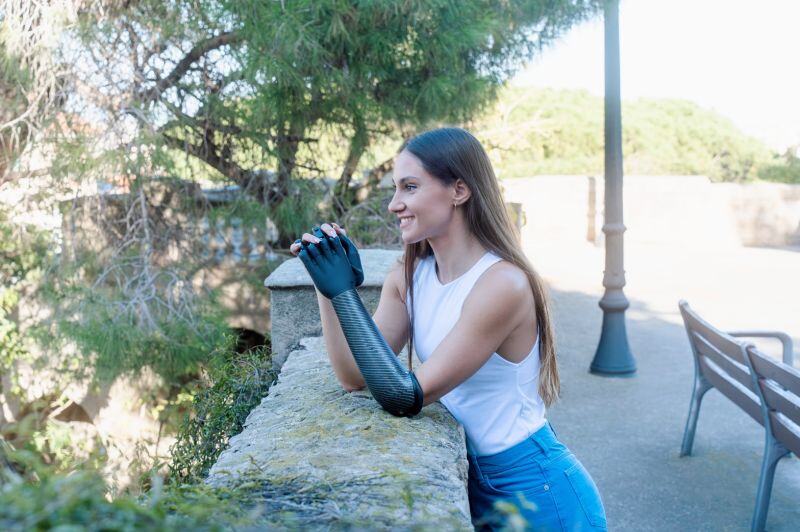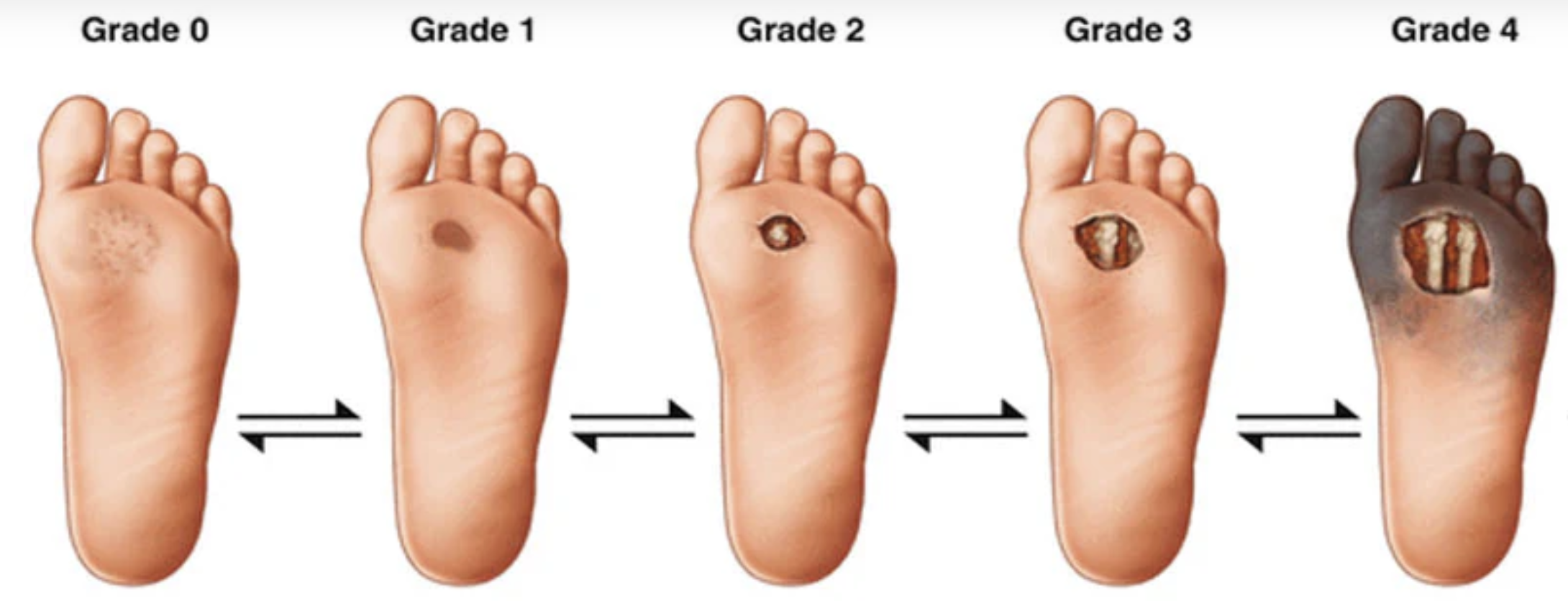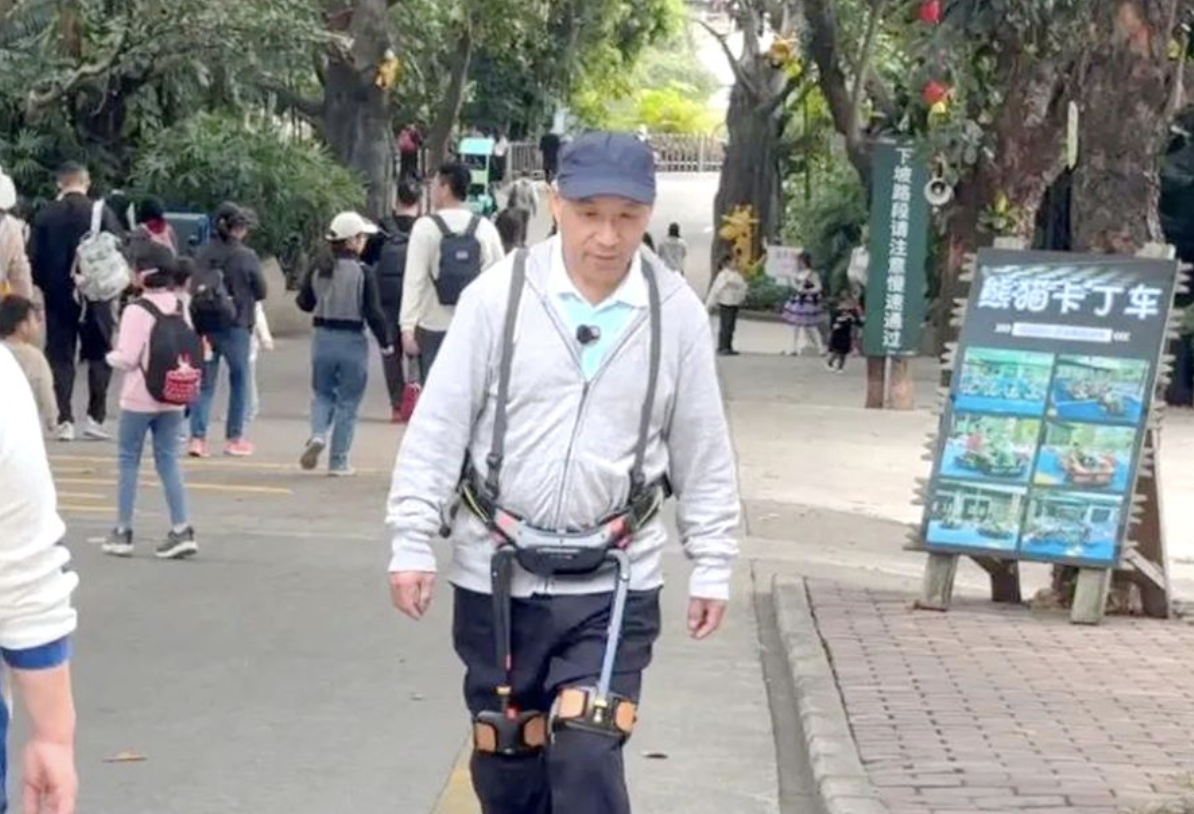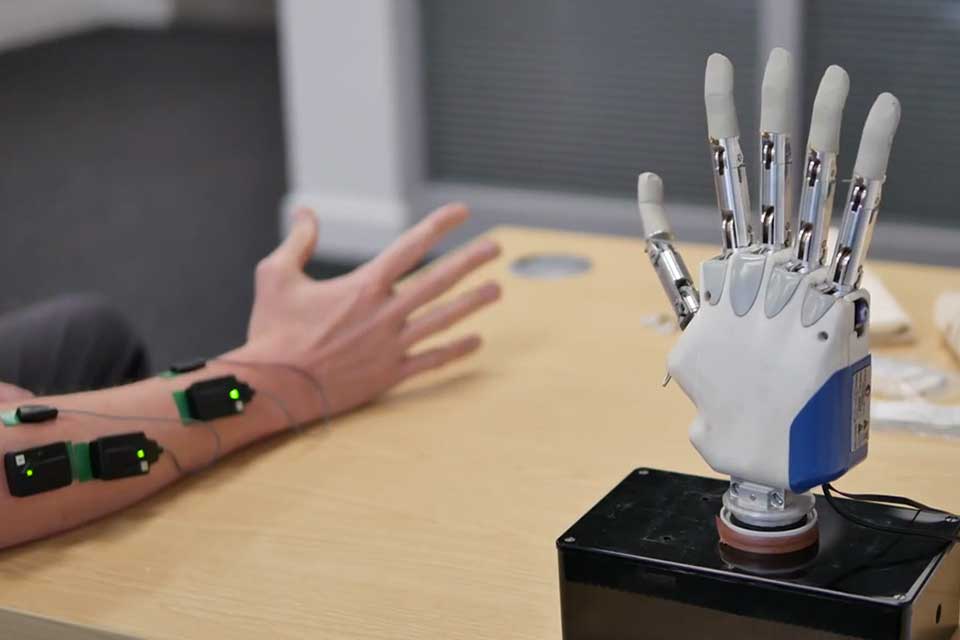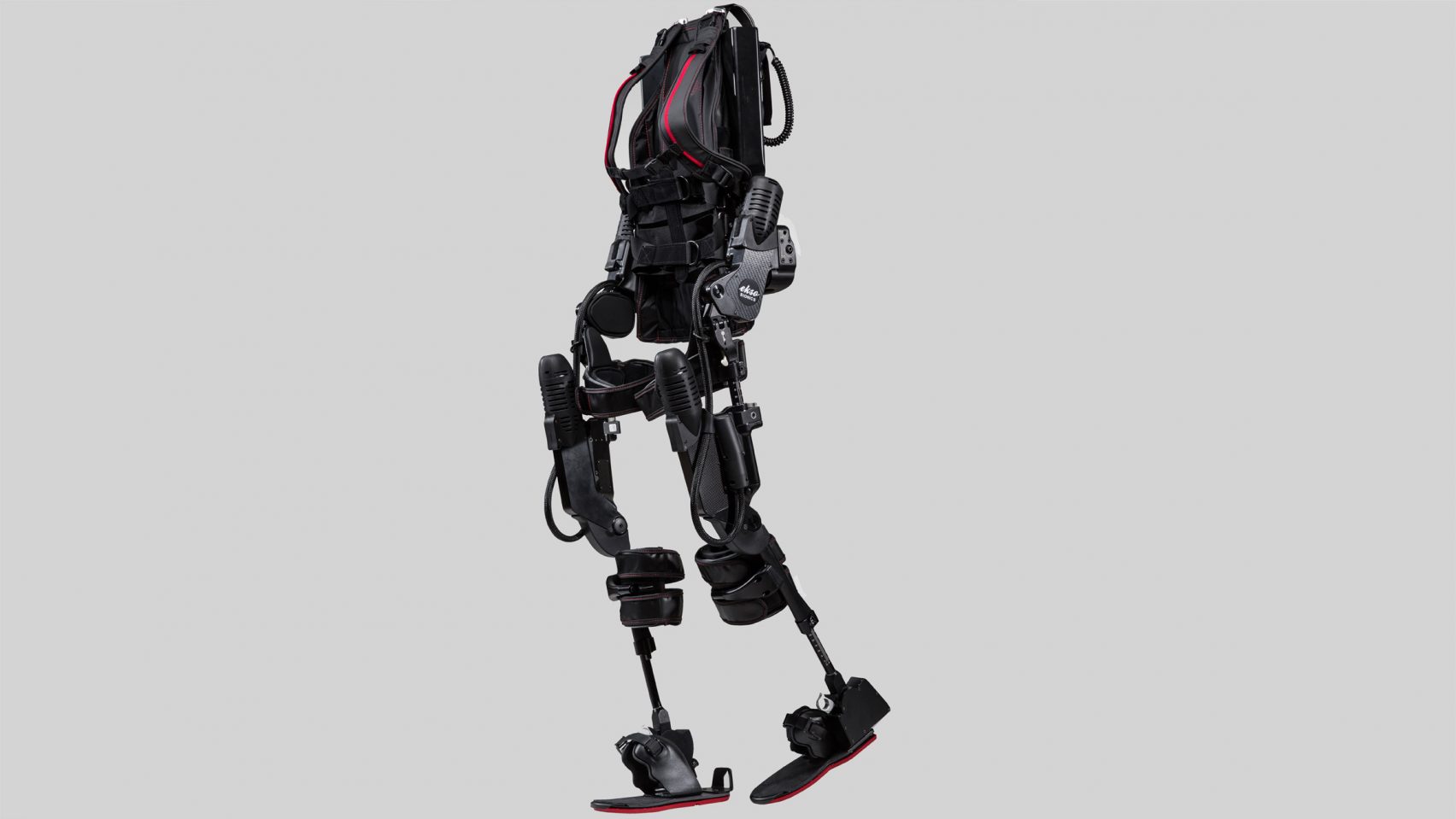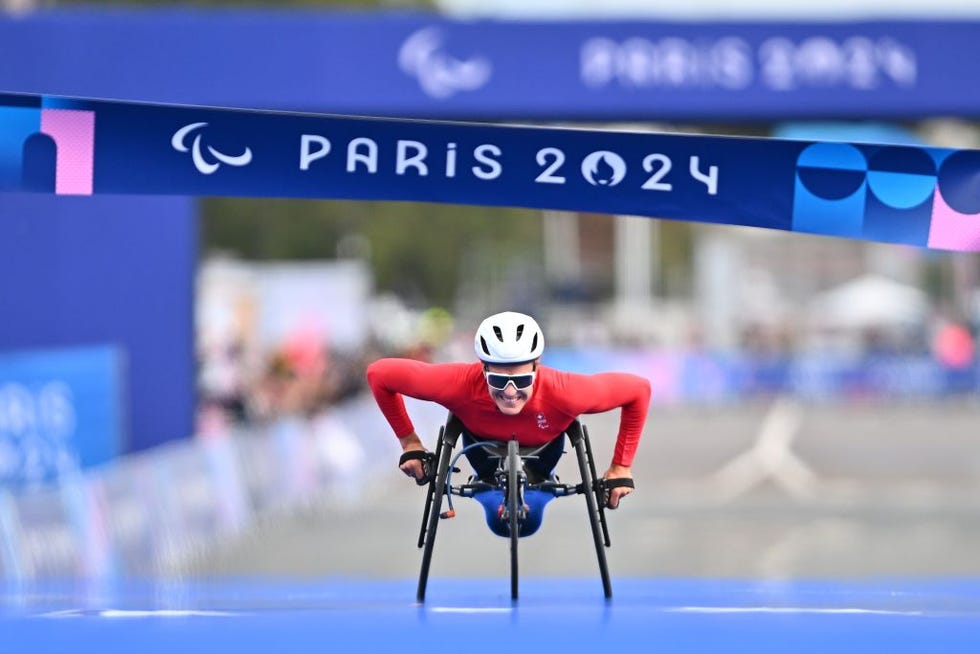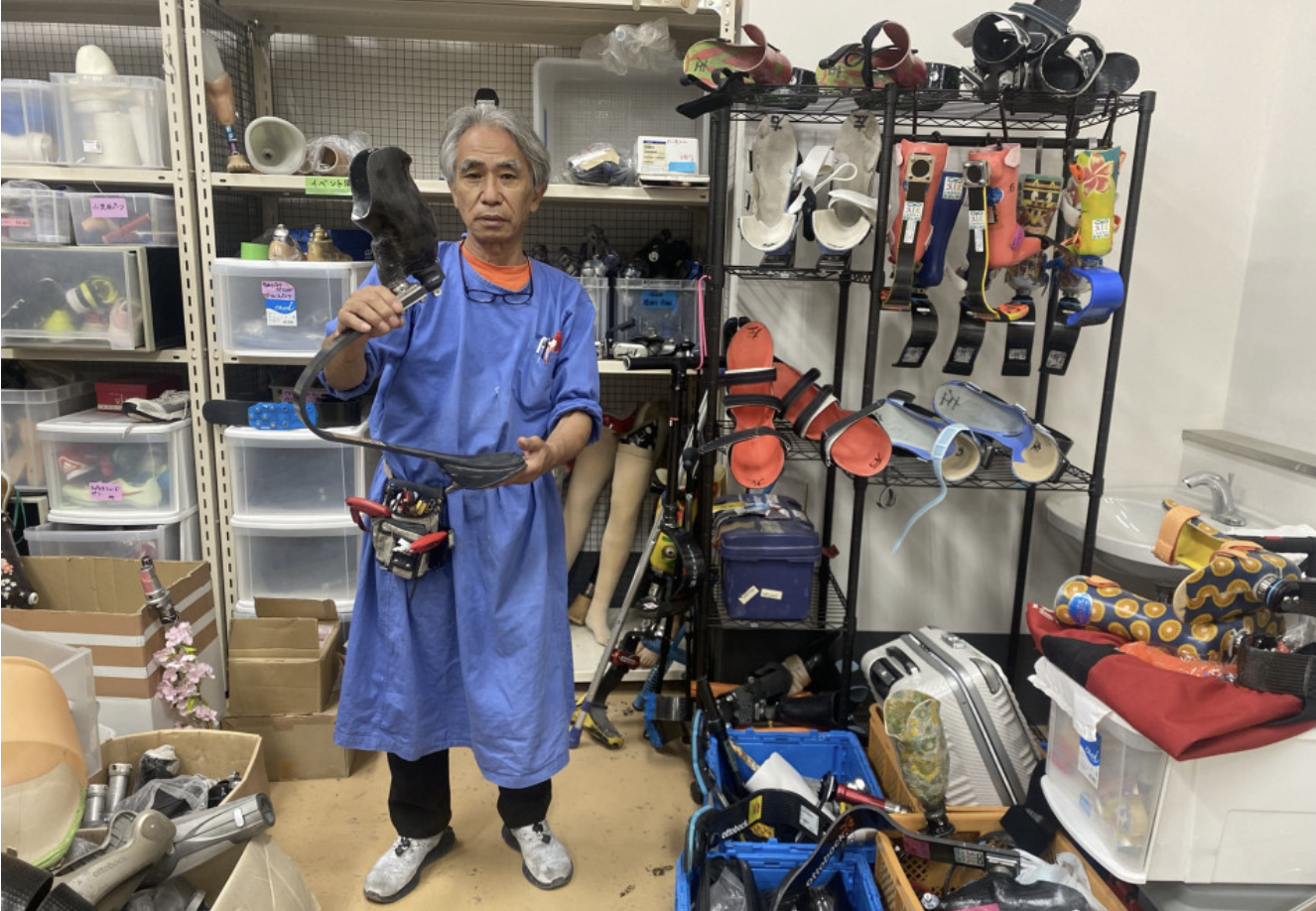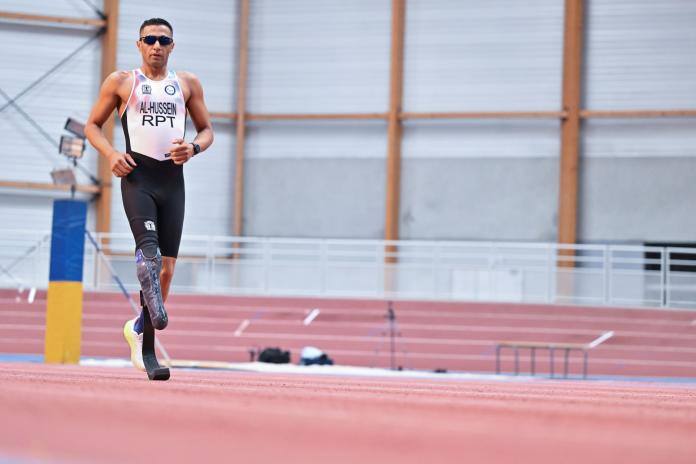Starting with the London Games in 2012, the Paralympic movement has seen an increase from brands aligning with its values.
Global and domestic sponsors have given Paralympic athletes a greater share of their roster spots. Recent campaigns, from Citi’s “Stare at Greatness” to Toyota’s “Start Your Impossible,” featuring Paralympians, have given those athletes unprecedented representation. Sponsor support has extended beyond the financial, with Bridgestone using its rubber products to replace the DIY solutions that Paralympic athletes used when facing a lack of equipment.
With the Paris Games opening Aug. 28, the support has led to a high-water mark of visibility — but it comes with questions about the continued evolution of sponsor support.
“Sponsors are starting to see the return on investment that they make when they invest in adaptive sports and our stories, that they see that it’s a net positive for their brand messaging,” said Steve Serio, a three-time Paralympic medalist in wheelchair basketball.
Unquestionably, that has started with Paralympic athletes getting deals. Athletes and brand representatives point to London as the turning point, with the visibility of those Games leading to more support.
Anecdotally, they recall days where brands would sign only a few Paralympians and might not use them in campaigns.
Oksana Masters, a seven-time Paralympian and 17-time medalist in the Winter and Summer Games in a variety of sports, did not have a sponsor until KT Tape signed her before her third Paralympics in 2016.
Visa has signed its largest roster, sponsoring 46 Paralympic athletes globally alongside 92 Olympians. Toyota’s team of 13 athletes has more Paralympians (seven) than Olympians, and Bridgestone’s eight-person U.S. roster is entirely Paralympians.
“From a brand, from a business perspective, from a culture perspective, there’s just full alignment with what we believe in and what we want to see in terms of inciting change in the world when it comes to the Paralympics,” said Dedra DeLilli, Toyota North America’s group manager of sponsorship strategy, integration and auto shows.
“This idea of making it more accessible, making sport really inclusive and showing people that it is for everyone, is something that we fervently believe in.”
Perhaps no brand has done more for Paralympians than Toyota. The company launched its U.S. Paralympic Fund in 2021 and has received more than $6 million in contributions.
For Tokyo and Beijing, it gave hopefuls $3,000 and athletes making the team an additional $10,000 and a $5,000 vehicle credit. It announced a $2,500 stipend for Paris hopefuls, and it has not yet released details on additional funds for athletes who qualify.
“No brand has ever done that,” said Masters. “The opportunities they’re creating and just amplifying, making athletes like myself, my teammates visible, they’ve literally broken that ceiling and I feel like they were that drive for these brands to be inspired to do the same and do more in the Paralympics.”
Citi pivoted from the Team USA sponsorship it had from 2012 to 2016 to a strategy focusing on Para athletes and sponsoring national Paralympic committees; it has made investments in 33 countries.
The company is also a founding partner of Para Sport, an effort by the International Paralympic Committee to grow awareness of adaptive sports and foster participation.
In 2021, Citi launched its “Stare at Greatness” campaign, encouraging people to shift the stares athletes have received their whole lives for their disabilities into ones of awe at their athletic achievements.
“These athletes are the best in their class, and what is holding our attention is their uniqueness, but their uniqueness is their superpower,” said Tina Davis, head of enterprise marketing and brand engagement at Citi.
Toyota’s “Start Your Impossible” campaign has previously featured Paralympians alongside Olympians, and this year’s campaign features the communities around athletes, showing the support that’s helped them get to the Games.
“The disability is not the story,” said DeLilli. “The athleticism of these athletes, that’s what’s important.”
Added U.S. track and field Paralympian Ezra Frech, “That’s epic. That’s the real representation that we’re looking for.”
Athletes backed by brands
| Bridgestone | Chuck Aoki | Wheelchair rugby | 3-time Para medalist |
|---|---|---|---|
| Citi | Nicky Nieves | Sitting volleyball | 2-time Para gold medalist |
| Toyota | Steve Serio | Wheelchair basketball | 2-time Para gold medalist |
Sponsors have also pushed NBC to increase coverage of the Games and bought ads to support it.
NBC aired only six hours from the London Paralympics, increasing that to 70 in Rio in 2016. It had 200 hours of network coverage from Tokyo in 2021, with 1,200 hours streaming. In Paris, it has planned 140 hours of network coverage and 1,500 hours on Peacock.
The evolution is something the network couldn’t have reached without sponsor support over the past decade.
“The idea that sponsors are starting to see the return on investment means a lot to us because it means that we have more opportunities to tell our stories and show the world what we can do,” said Serio.
Athletes hope that support continues to grow even as sponsorships change. Bridgestone and Toyota have TOP deals with the International Olympic Committee that end this year and haven’t been renewed. Neither company would comment on the sponsorship, but Japanese media has reported that Toyota does not plan to come back.
But both sponsors have left an impact, often more than just financial. Wheelchair rugby player Chuck Aoki used gardening gloves to train, until Bridgestone had its engineers create rubber solutions that he, and others, could benefit from.
Like so many other sponsors over the past decade, Bridgestone saw the value in supporting Paralympians and has helped showcase their athleticism and success.
Caitlyn Ranson, senior manager of partnership marketing for Bridgestone Americas, said it was about “showing the world they are just like the Olympic athletes, if not better.”
“They’ve faced just as much of adversity, they have just as much rigorous training schedules as the Olympic athletes do,” said Ranson. “If anything, they’re doing it with a disability, which is even more incredible.”
